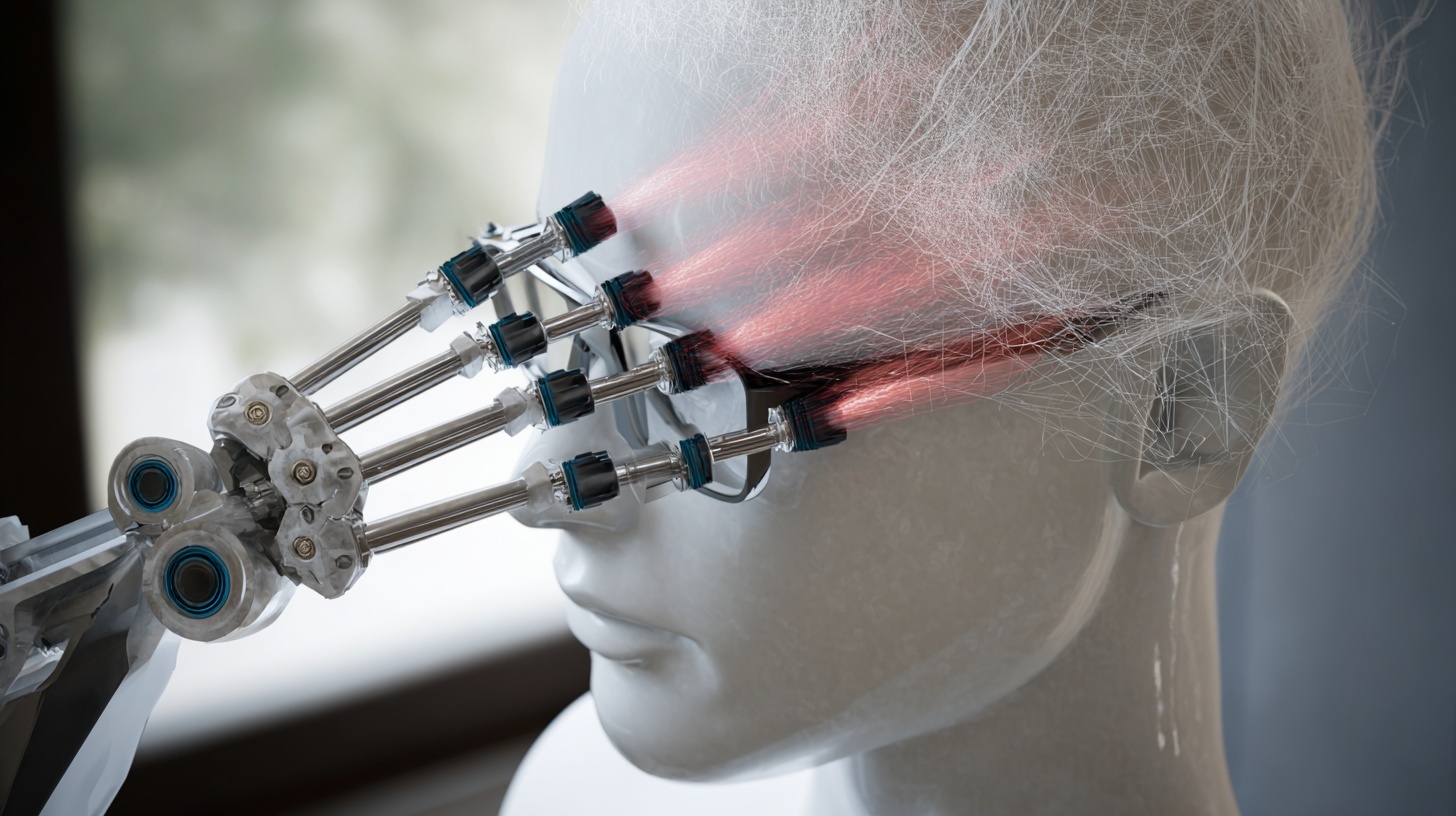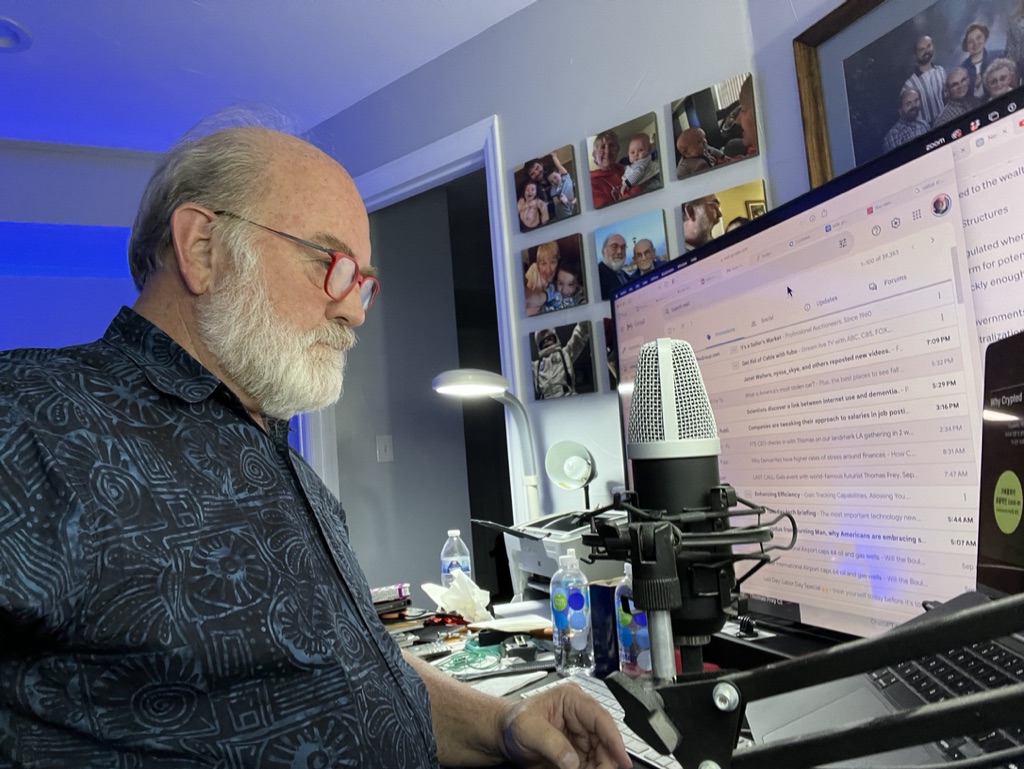For six decades, a peculiar prediction has haunted physics like an unsolved riddle. In the 1960s, theorists suggested that superconductors—materials that conduct electricity without resistance—should hide exotic quantum vortex states. These were not ordinary vortices of swirling fluids or storm systems, but microscopic whirlpools of quantum activity, so deeply buried in the laws of physics that even the most advanced experiments couldn’t catch them in action.
Until now.
Researchers at the Niels Bohr Institute in Copenhagen have achieved something audacious: they’ve cracked open this mystery by building a synthetic superconducting platform designed to act as a “backdoor” into these elusive states. Instead of straining to observe them in their natural habitat—where they are too faint, too small, and too fleeting—the team engineered a custom nanostructure that mimics the right conditions. In doing so, they created a stage on which the once-hidden vortices could finally be observed, controlled, and even manipulated.
Continue reading… “Scientists Crack a 60-Year-Old Superconductor Challenge – and Open a Doorway to the Future”












